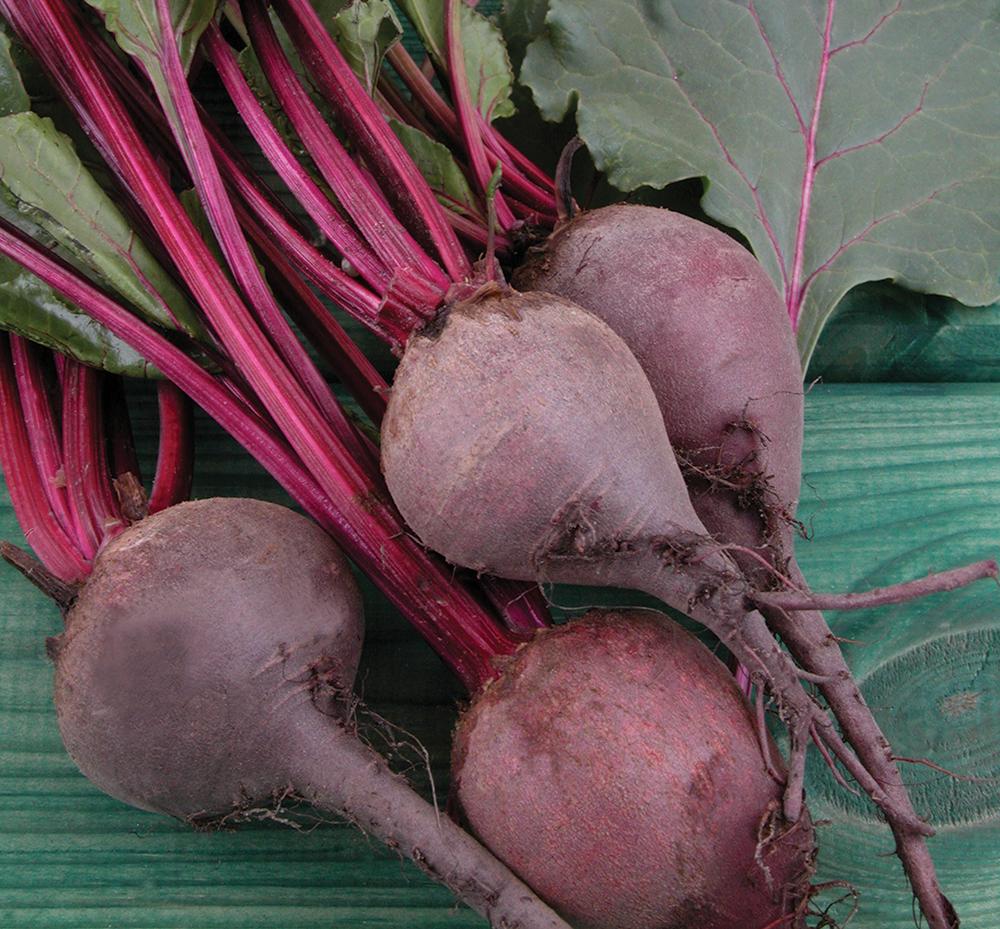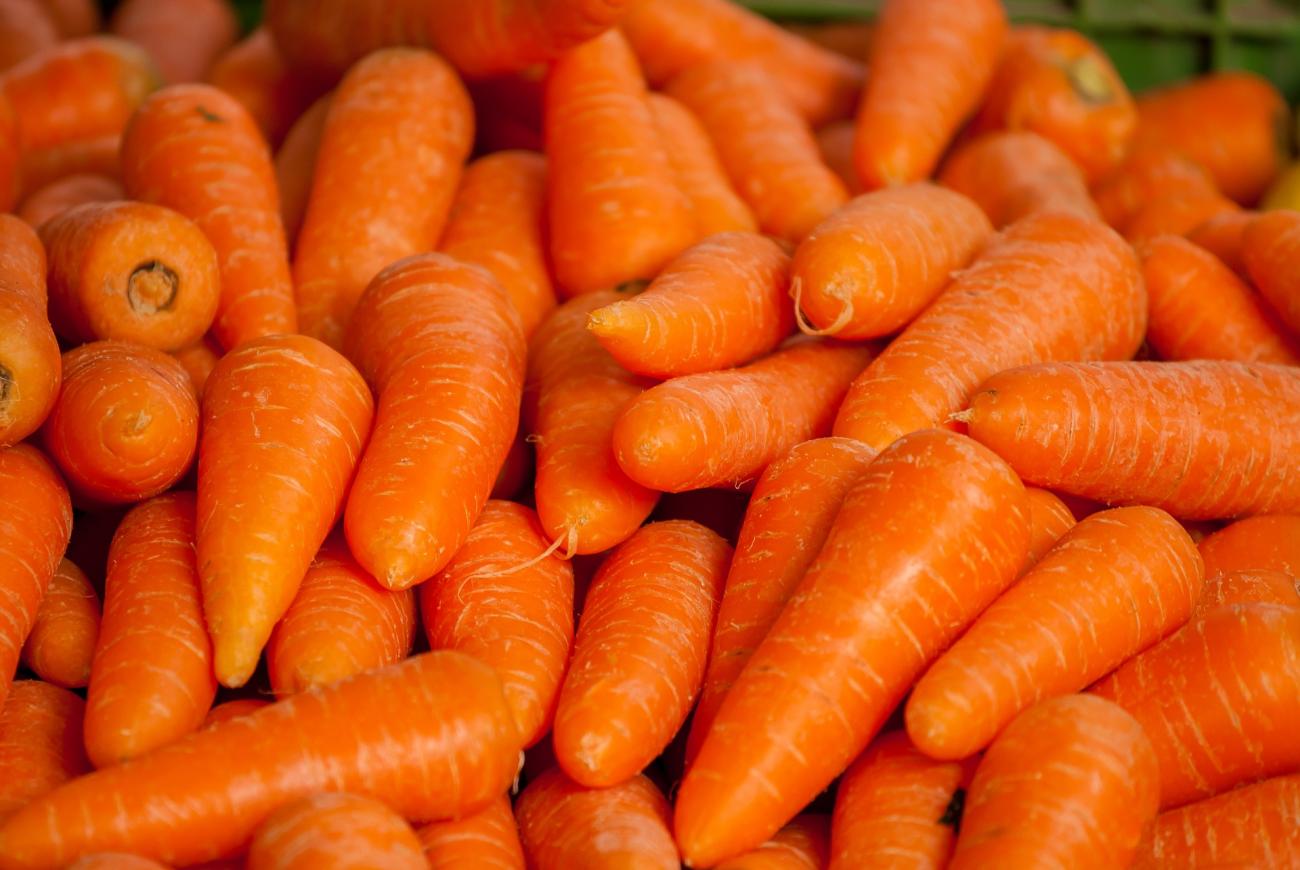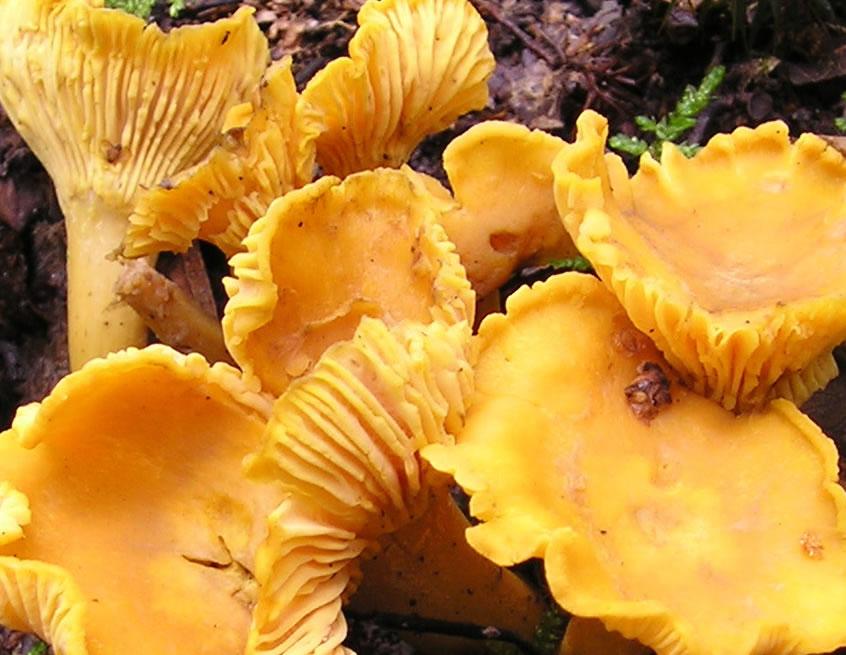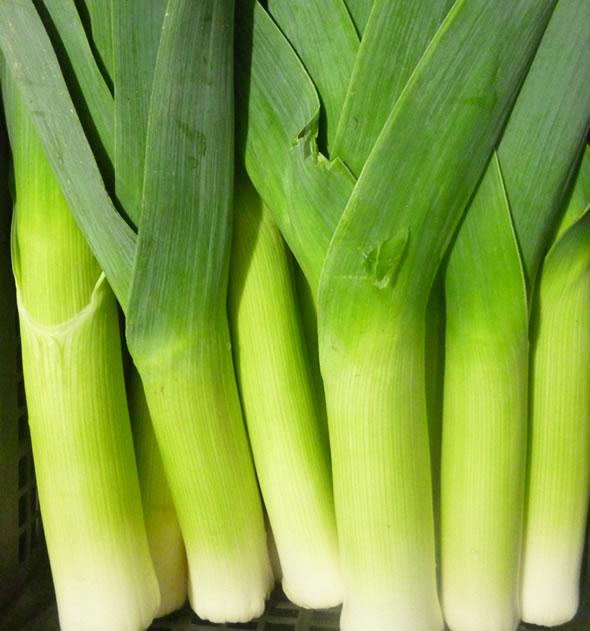Brussels sprouts are here, along with Chantennay Carrots, Swedes, Turnips, Parsnips and Leeks, all making that perfect Turkey lunch accompaniments.
Beetroot
Beetroot usually deep purple roots of beetroot are eaten either boiled, roasted or raw, either alone or combined with any salad vegetable. A large proportion of the commercial production is processed into boiled and sterilised beets or into pickles. In Eastern Europe, beet soup, such as borscht, is a popular dish
Candy Beetroot
Candy beetroot is an eye-catching garnish and is a fantastic addition to any salad. Beautiful served whole or cut diagonally through the middle to show off those mysterious pink and white rings.
Golden Beetroot
Golden beetroot has a more subtle flavour than normal purple beetroot, and is a great garnish with its vibrant golden shine. Popular in the 19th century, and is now becoming another great ingredient.

Brussels Sprouts
Love them or hate them you know that Christmas is almost upon us!
Long relegated to the Christmas table, Brussels sprouts have a dreadful reputation. Like miniature versions of the common cabbage, they grow on large stalks and have a sweet, nutty flavour, which some people can find too pungent. But, treated with a touch of love and care, these little buds can become a firm winter favourite. The Brussels sprout is very popular in Brussels, Belgium, and may well have originated there.

Cavolo Nero
An Italian cabbage with dark green leaves, with a good strong flavour. Cavolo Nero can be used as a substitute in all recipes that require cabbage but it is particularly good in soups. The classic Tuscan soup, ribolitta, is traditionally left to sit for a day before serving to allow it to thicken and the flavours to develop. Cavolo Nero is delicious simply fried in olive oil with garlic and chillies.

Chantenay Carrots
After potatoes, carrots are without doubt the best-known and most popular root vegetable of all. The carrots we eat today were developed from the wild carrot but until the Middle Ages carrots eaten in this country were purple – orange carrots were imported from Holland in the 17th and 18th Centuries. As well as the usual orange carrots, we also have purple, yellow and white carrots mixed boxes in stock.

Chanterelles
The flavour of Chanterelles is distinctive because they stand up so well to main ingredients in stews, soups and other main courses. Chanterelles are only found in the wild, and are highly prized in the culinary world as their season is not long enough. Yellow Chanterelles bear a fruity smell reminiscent of apricots and boast a mild peppery taste.

Cranberries
Cranberries are the deep-red, tart fruit of a low, scrubby, woody bog plant. They are a winter berry that has become synonymous with the Christmas table for many. The bulk of the world’s cranberries are now cultivated, mainly in certain parts of Canada and North America, but cranberries can still occasionally be found growing wild.

Leeks
Leeks are very versatile and work well cooked in various recipes or as a side dish. Like creamed leeks, rich double cream salt and pepper.

Parsnips
A sweetly flavoured root vegetable. Pale yellow or ivory in colour and shaped like a slightly bulbous carrot, parsnips are one of the tastiest and most appealing root vegetables. Cheap and simple to prepare, their soft, fragrant, slightly sweet flesh adds a warm, comforting element to dishes.

Pears Williams
Pears are really in full swing at the moment. Their fine, slightly granular flesh is much more fragile than apples and, unlike most fruit, they improve in flavour and texture after they’re picked. We have Williams pears which are stunning at the moment and ideally poached in Sauternes and served in a vanilla panacotta.

Pied de Mouton
These light tasting peppery Pied de Moutons are best cooked slowly in casseroles and soups. Known in England as Hedgehog Mushroom, Pied de Mouton means sheep’s foot in French.

Pomegranate
Now mainly grown in America, Spain, Middle East and India. The pomegranates originated in the area from Northern India to Iran. They have a round shape, like an apple, with a hard, shiny skin blushed with red or yellow. Inside, scores of edible little white seeds are held in jewel-like, ruby-coloured sacs filled with sweet, juicy flesh. The sacs themselves are packed in a bitter, pale yellow pith. Pomegranates have always been highly prized for their flavour, but their recent emergence as a highly nutritious superfood, packed with antioxidant vitamins, has made them even more popular. The skin and the pith should not be eaten.

Salsify
A root vegetable belonging to the dandelion family, salsify is also known as the oyster plant because of its oystery taste when cooked. The root is similar in appearance to a long, thin parsnip, with creamy white flesh and a thick skin. In the same way as many root vegetables, salsify can be boiled, mashed or used in soups and stews.

Swedes
Larger than the turnip and with a rough skin that is partly tan and partly purple, the swede’s unpolished appearance belies its fine texture and distinctive, sweet tasting flesh. When roast or mashed, swede makes a simple and tasty side dish. It can also be used to add interest to stews or in a variety of twists on mashed potato.

Trompette de la Mort
Trompette de la Mort is French for “Trumpet of death”. This wild mushroom is, in fact, trumpet-shaped – Its cap is thin and gently ruffled, its colour ranges from dark grey to black. The flavour is rich, deep and somewhat nutty.

Turnips
Turnips come in a variety of forms, the most widely available being the squashed globe shape with creamy coloured skin and a purple crown (where the turnip grew above the surface of the ground and was exposed to sunlight). They have a rounded flavour – sweet and slightly peppery – and are nutritionally rich. Although available pretty much year-round we think there are two optimum times for turnip eating. The first is in early summer when fresh, tender, baby turnips are available. The second is towards the end of the year when the more mature specimens make a tasty, healthy and economical contribution to a warming winter diet.


